Since the beginning of our existence, humans have searched for ways in which to communicate ideas or information visually. Early man left cave paintings demonstrating hunting techniques and ceremony, while the ancient Egyptians created a writing system based around glyphs and symbols, using common cultural icons such as jackals or scarab beetles to denote a certain sound or meaning. As language has evolved, and the methods of delivery have become more technologically advanced, we have found ever increasing applications for visual communication. Now it is rare to find an instance of media, business reporting, or educational material without some element of illustration, icons, charts or graphs used to emphasise, or in lieu of, supporting text. Recent studies have proven that the brain retains information better when it is associated with a visual cue, but it seems like we have always inherently known this — after all, what serves a better purpose, a Wanted poster with a text description of the criminal, or the same info underneath an artist's impression of his face?
Advertisement is a form of visual communication that we may see a hundred times a day without ever consciously acknowledging, but its effects are clear and powerful — everyone associates Nike with the tick, McDonalds with the golden arches. Iconic brands such as these show the strength of supporting a message with focused imagery, and demonstrate the key ideology that visual communication can be used to persuade, educate or inform to greater effect than text alone.
There are other cultural memes that have become instantly recognizable in the modern age. A television weather forecast uses a combination of weather pattern symbols (clouds, sun, etc.), climate maps to show rainfall, and contour maps to show isobars. You could watch a forecast in any language, and you would have some idea of what weather to expect that day. Similarly, tube maps are designed so that a person might see them for the first time, and use the colour code and station key to navigate the platforms easily. Now, that might not always be the case, but certainly your average city-dweller will have some idea how to get around whether they are in Moscow or London.
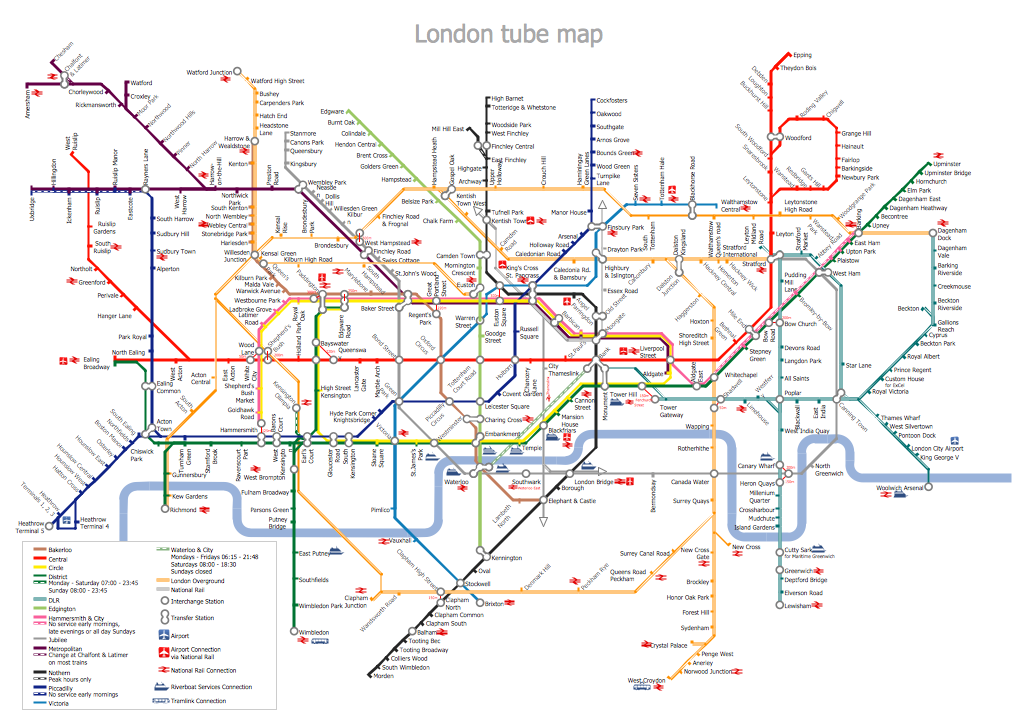
Universal symbols that communicate short, useful ideas or guidelines are on every corner. Fire escape plans, exit signs, road markings, are all designed to have maximum visual impact, to leave a lasting impression on the mind.
Outside of the more social applications, various fields of business rely on visual communication for the effective planning, deployment, and reporting of business process. The Stock Market and other exchanges have long used different charts and graphs to display trading movement; statistical data is a lot easier to digest in proportional visual form than from a list of figures. A project timeline looks better in Gantt chart form than as a list of bullet points. The primary aim is to present visual documents that all stakeholders can view and take information from — bridging knowledge gaps and dispensing with overly technical terminology.
Those working within computer network and system design often utilize modeling 'languages', a group of symbols or icons that represent certain aspects of network architecture. One such example would be the Unified Modeling Language (UML), which introduced a standardized set of symbols used to visualize the design of any computer system.
Probably the first book you were shown was based entirely on the theory of visual communication. Most children's ABC books opened something like A is for apple, B is for boat — with a suitable picture to accompany. This is the beginning of a learning process that will rely heavily on visual stimulus, which in turn helps the comprehension, retention, and critical thinking of the students who learn that way. A visual aid is suitable for any subject; a diagram can map the solar system or the ocean floor, an infographic can display information on economic growth in Africa or transport habits in Australia. Mathematics would be rendered useless with bar charts, histograms and scatter diagrams, while geography would suffer without topological and thematic maps.
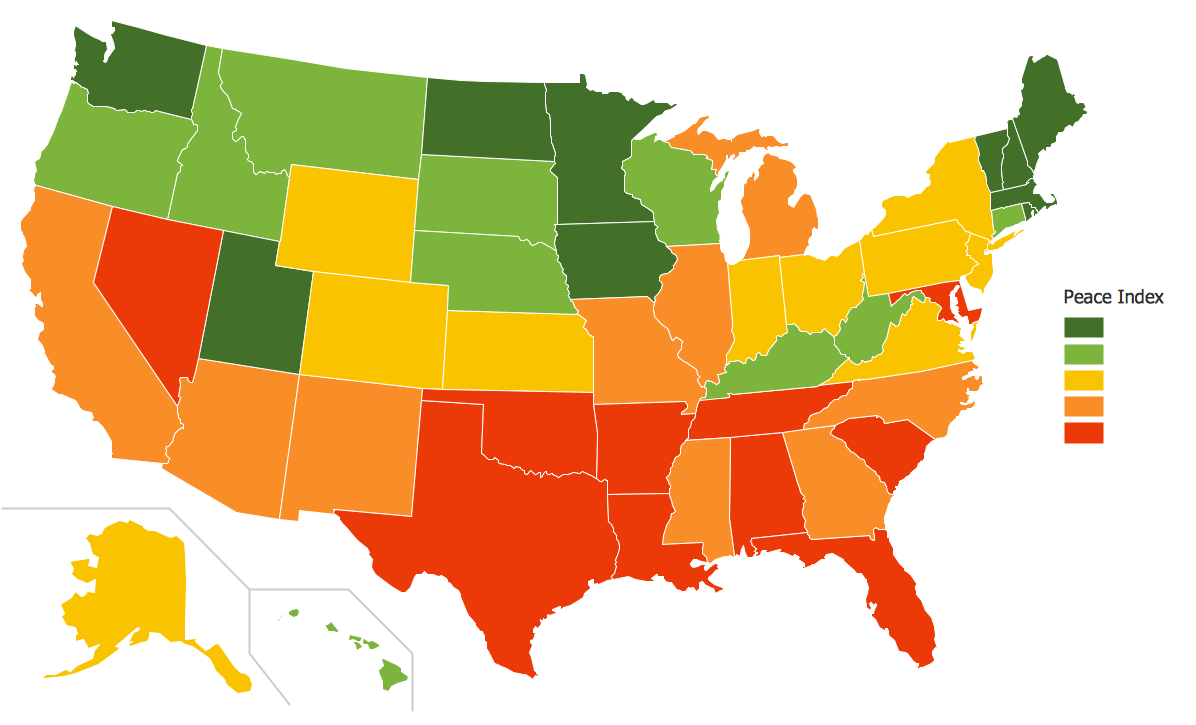
We can see visual presentation is intrinsic to conveying information for a variety of purposes. Here are some examples of the many forms that can be used, and their key design elements:
- Charts, graphs and matrices — useful in showing statistical data, and able to present results in multiple visual forms. Pie charts and bar charts show data as proportional to the size of the bar, or piece of pie. Line graphs are used to compare two variables, while scatter diagrams display data as a collection of points to show frequency of a certain value. A key tool for project managers is the Gantt chart — a project chart that gives a detailed rundown on project completion, resource allocation and budgetary requirements.
Fig. 3. MultiProject Dashboard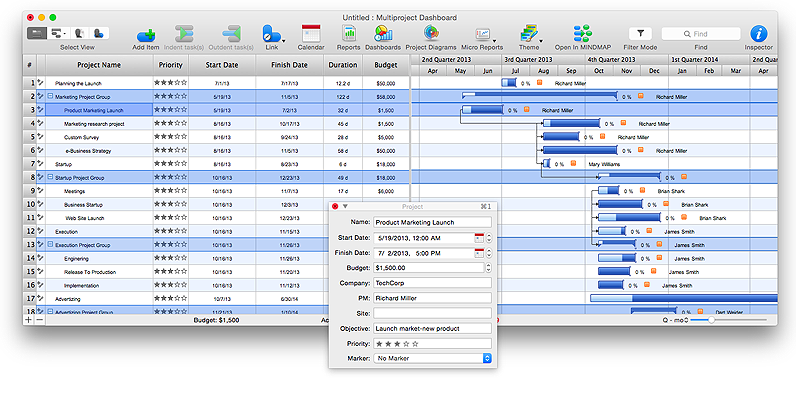
- Infographics — combines text with relevant icons and ideograms to illustrate a certain point or piece of information. They are a popular form of visual communication due to flexible design possibilities and the way they can be effectively spread through social media platforms. Infographics can be used in education, management or marketing for various purposes, but always in a manner that is easily accessible to all viewers.
Fig. 4. International Education Infogram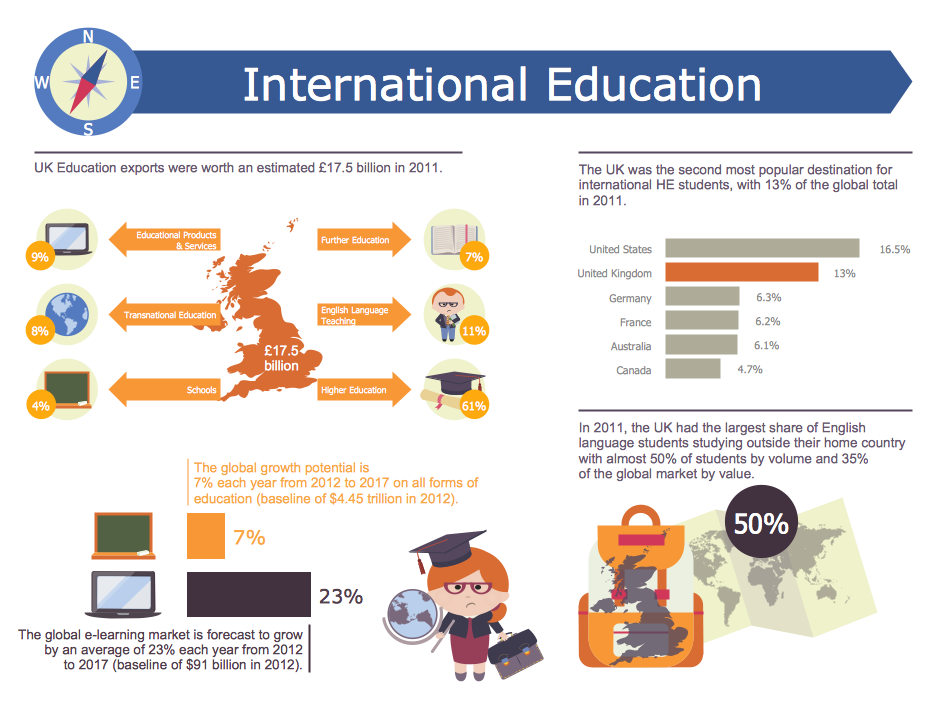
- Geospatial visuals — these can relate to any map or chart that describes a geographical condition. Apart from standard road, transport, and topology maps, these are found in a number of fields; a weather analyst will use precipitation distribution maps and weather patter models, while a political scientist will have need for voter division diagrams and population density maps.
Fig. 5. Mindmap Breakout Project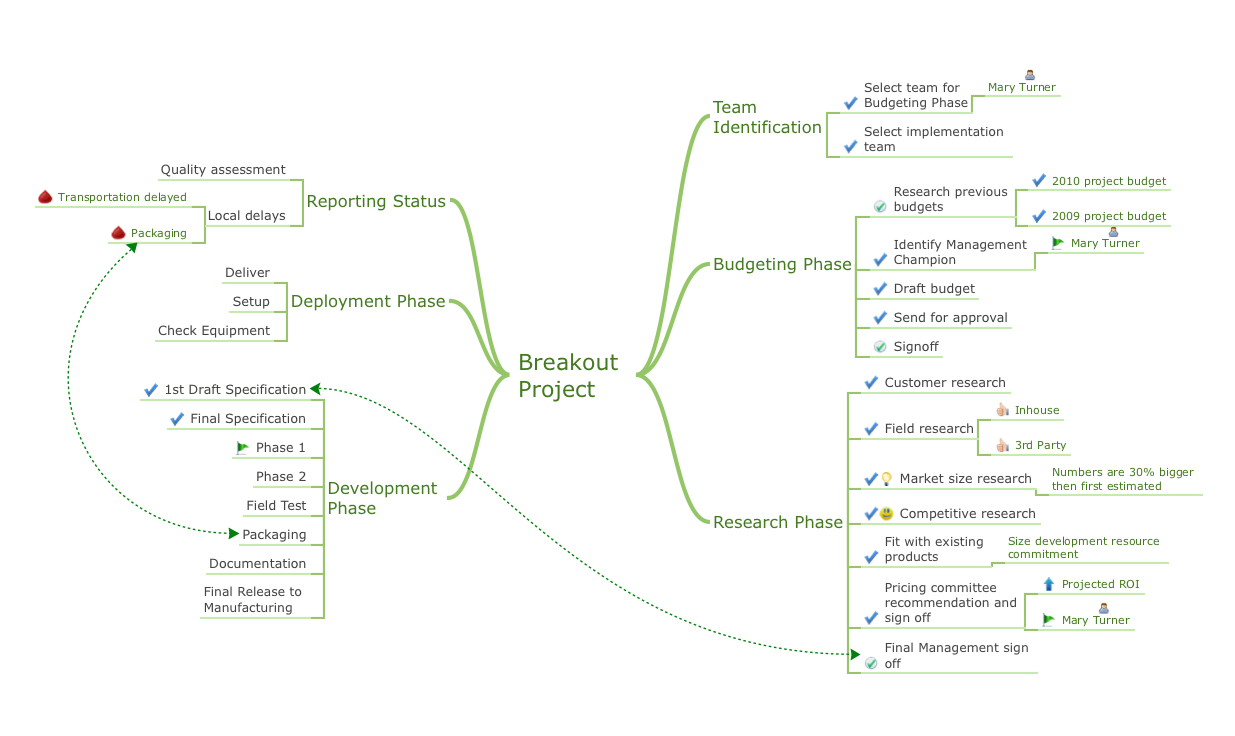
- Infographics — absolutely fundamental to any architect who plans on starting a large-scale construction. For just a single house you could produce garden design plans and property blueprints, wiring and plumbing diagrams, and diagrams showing interior decor and fittings. Business companies can require carefully outlined fire drill plans and building maps.
ConceptDraw's solution
The suite of software products from ConceptDraw has been designed specifically to allow you to communicate visually with full freedom. For educators, accountants, students, computer engineers, scientists, managers, or anyone with an idea to communicate, ConceptDraw provide the tools and solutions you need to take an idea from conception to actuality.
ConceptDraw MINDMAP is a launching pad for your ideas, and an effective method of presenting abstract concepts in a coherent visual manner, that has the option of running in group collaboration mode — where everyone can provide input, linking information together on the page as fast as it comes to mind. To allow mindmaps to be easily shared, ConceptDraw offer solutions that enhance compatibility with Twitter and Skype, giving direct access to social media platforms. There is in-house compatibility too, with the possibility to export your topic ideas from MINDMAP, and have them appear in ConceptDraw PROJECT as new projects, resources, or tasks.
Project managers have to keep track of many different variables throughout a project's completion, and graphical data reporting is a key part of understanding whether it's running efficiently or not. ConceptDraw PROJECT provides a platform to visually manage a project portfolio using the Gantt chart format, and works in conjunction with ConceptDraw PRO to produce a project dashboard displaying diagrams relating to all aspects of project data and participants. PRO can also be used to create the Gantt chart in drawing form.

ConceptDraw PRO is one of the market leading diagramming and vector drawing software, continually extended with graphic solutions to give full freedom of expression with visual communication. Data can be represented using custom built Live Objects, through graphs, charts and dashboards. PRO can be used to create diagrams of any scale — from house and building plans, down to the computer network and software inside it. Should you just want to produce a picture just for the artistic sake of it, ConceptDraw provide libraries of vector stencil clipart on a wide range of themes, to help make a design bold and vibrant.
ConceptDraw Solution Park collects all these tools and extensions in one area, organized by subject or purpose. It is a largely free resource that is constantly updated and added to, and so provides ongoing value to the software. All users, whether they are designing complex schematics or simple charts or infographics, will find a solution to help them. ConceptDraw provides a complete visual communication package of professional software and effective graphic design solutions.
No comments:
Post a Comment